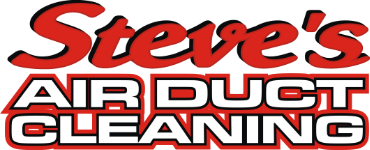Air Vent Cleaning: Benefits, Signs of Dirty Vents and Other FAQs

One hundred years ago, people bundled up in thick pajamas and quilts in winter and endured the heat in summer. Today’s homes enjoy steady, year-round comfort thanks to HVAC systems. However, even the best systems have their weak points—and with ventilation, that weak link is often the vents themselves. If your air vents aren't regularly cleaned, dust, pollen, and other contaminants can circulate throughout your home, contributing to a variety of health concerns.
In this article, we’ll explore the connection between dirty air vents and common respiratory issues in Arvada homes.
Types of Air Vents in Your Home
Understanding the role of your home’s air vents is key to maintaining better indoor air quality. Vents serve as the visible endpoints of your HVAC system, regulating airflow and balancing pressure. There are three main types of air vents:
Supply Vents
These vents deliver conditioned air (hot or cold) into each room. They are usually located on walls, ceilings, or floors and are the main source of circulated airflow.
Return Vents
Return vents pull air back into the HVAC system to be filtered and reconditioned. These are often larger than supply vents and are essential for maintaining airflow and system efficiency.
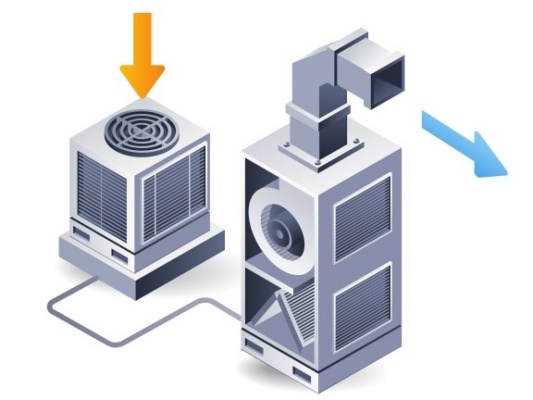
Exhaust Vents
Exhaust vents remove stale or moist air, especially in areas like bathrooms and kitchens. They help prevent humidity buildup and reduce odors.
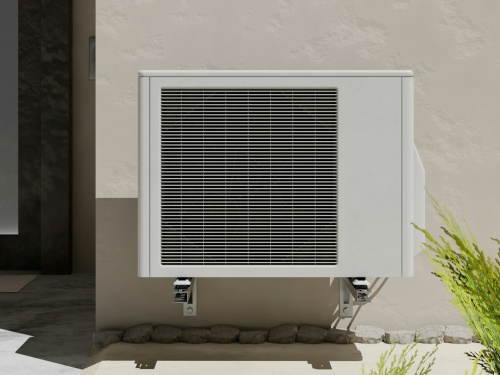
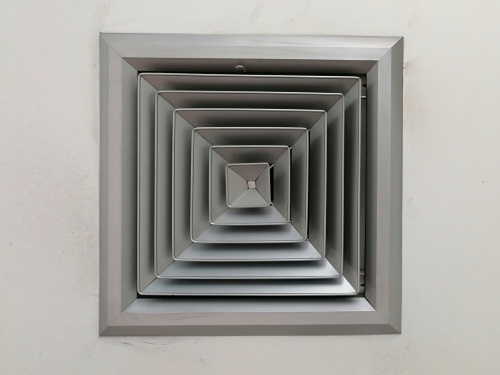
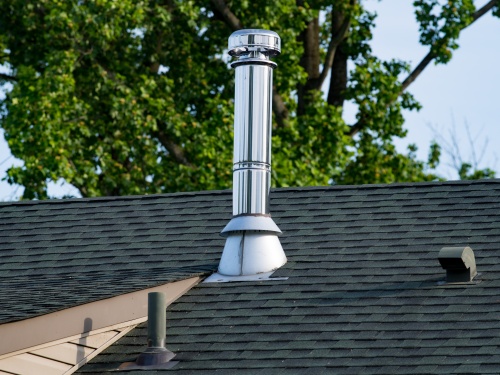
Signs Your Home Needs Air Vent Cleaning
Maintaining clean air vents is crucial for indoor comfort and HVAC efficiency. Accumulated dust and contaminants around vents can compromise air quality. Here are signs that suggest your vents need attention:
- Musty or unpleasant odors — Foul smells wafting from vents could signal mold or debris buildup.
- Visible dust on vent covers — Layers of dust are a clear indicator your vents need attention.
- Increased allergy symptoms indoors — If symptoms improve when you leave home, your vents may be circulating allergens.
- Weak or uneven airflow — If some rooms feel stuffy while others are fine, clogged vents may be the culprit.
- Recent construction or remodeling — Dust and debris from renovations settle fast and often around vents.
Explore Our Air Vent Cleaning Services
To learn more about the air vent cleaning services we offer throughout the Denver area, visit the page below.Our experienced technicians at Steve’s use specialized equipment to remove debris and buildup from all types of residential vents, ensuring better airflow and a healthier living space.
How Often Should Air Vents Be Cleaned?
We recommend inspecting and cleaning your vents at least once every 12–24 months. If someone in your home has respiratory sensitivities, or if you've recently completed a renovation, more frequent vent cleaning may be necessary. Routine cleaning ensures cleaner airflow and less buildup around the vent grilles.
Health Risks Linked to Dirty Air Vents
When air vents go uncleaned, they can become a source of circulating contaminants that may impact your health. Even if your HVAC system is in good shape, dirty vents can recirculate harmful particles into the air you breathe. Here's what you might experience:
- Allergies — Vents can trap and distribute allergens like dust, pollen, and pet dander. Over time, this can cause sneezing, watery eyes, and other allergic reactions. See common indoor allergens.
- Asthma attacks — Particles from dirty vents can trigger breathing difficulties and exacerbate asthma symptoms.
- Chronic respiratory issues — Coughs, congestion, and sore throats may result from ongoing exposure to airborne irritants near vents.
- Fatigue and cognitive issues — Studies show a connection between indoor pollutants and brain fog or decreased focus.
- Skin irritation — Some airborne pollutants near vents can worsen conditions like eczema and dry skin.
- Stress from symptoms — Dealing with ongoing health issues with no clear cause can be stressful. Sometimes the culprit is hidden in plain sight—your vents.
Common Air Vent Contaminants
You might be asking yourself, “What exactly builds up in my air vents that could affect my health?” The answer might surprise you. Here are just some of the substances that accumulate around supply, return, and exhaust vents over time:
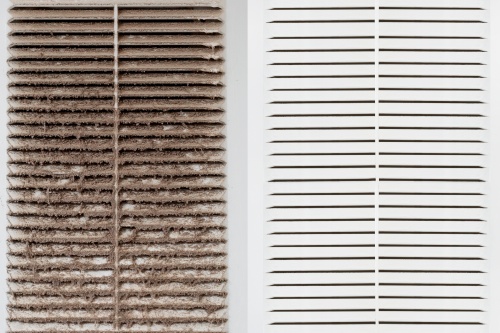
- Dust and dirt — Blowing in from the plains and the foothills, airborne particles settle around vents and registers.
- Pollen — Especially during spring, pollen finds its way indoors and collects near your home’s vents.
- Mold spores — These invisible invaders can gather near vents and worsen allergy and asthma symptoms. Learn more about asthma triggers.
- Animal dander and fur — Whether from pets or pests, hair and dander can accumulate around vents and spread throughout your home.
- Pollutants from outside — Smoke, smog, and other airborne contaminants can settle around vent openings.
- Construction debris — Renovation dust and particles often settle around return vents and registers.
Air Vent Cleaning FAQs
Cleaning the vents in a standard home typically takes 1 to 2 hours. The duration can vary depending on the number of vents and how dirty they are.
Yes. New homes or recently remodeled homes may have dust, sawdust, or drywall particles trapped near the vents. Cleaning ensures fresh, clean air from day one.
It can. Clean vents promote better airflow and reduce strain on your HVAC system, potentially improving efficiency and reducing energy costs.
Vent cleaning reduces airborne dust, but it won’t eliminate it completely. It works best when combined with regular vacuuming, dusting, and HVAC maintenance.
Yes. Dirty vents can harbor allergens and bacteria that aggravate asthma, allergies, and other respiratory conditions. Keeping them clean supports a healthier indoor environment.
Professional Air Vent Cleaning in Arvada by Steve’s
At Steve’s, we’ve been helping homeowners in Colorado breathe easier for more than four decades. Our team specializes in cleaning all types of residential air vents—supply, return, and exhaust. From removing stubborn dust and pet hair to restoring airflow efficiency, we do the job right the first time. If you suspect your air vents need attention, give us a call today.
Start Breathing Easier.
Your air ducts are the lungs of your home and keeping them clean keeps you and your family healthier and your HVAC equipment working optimally.
